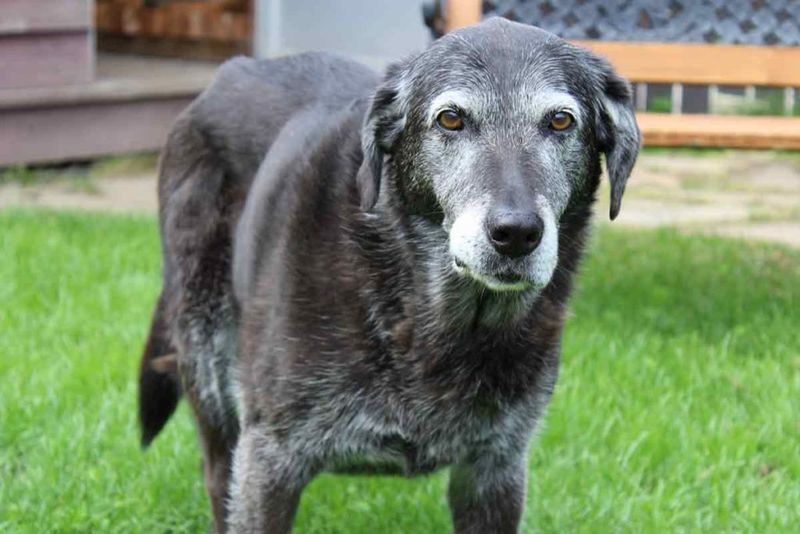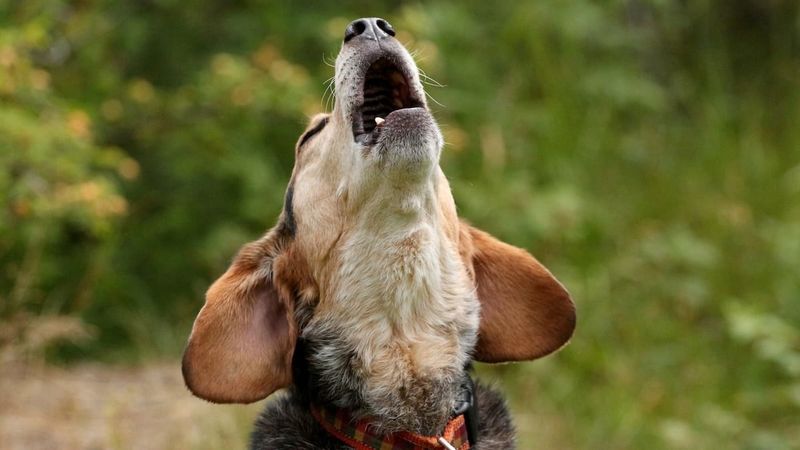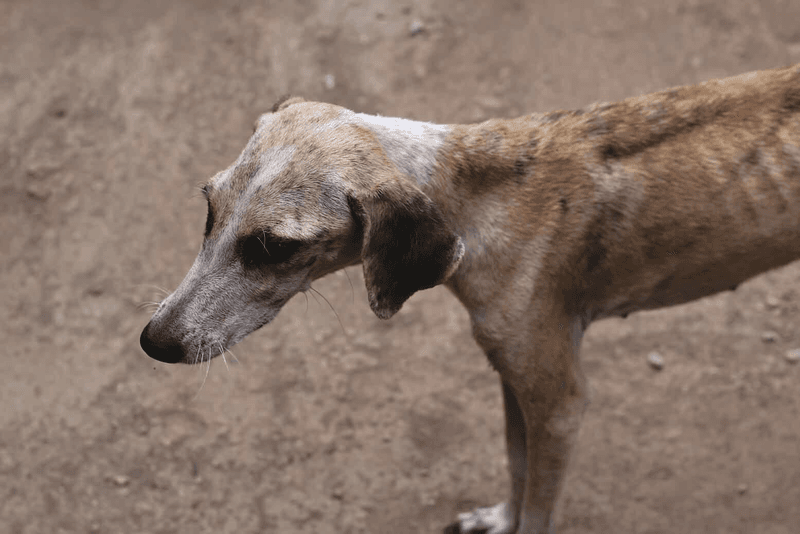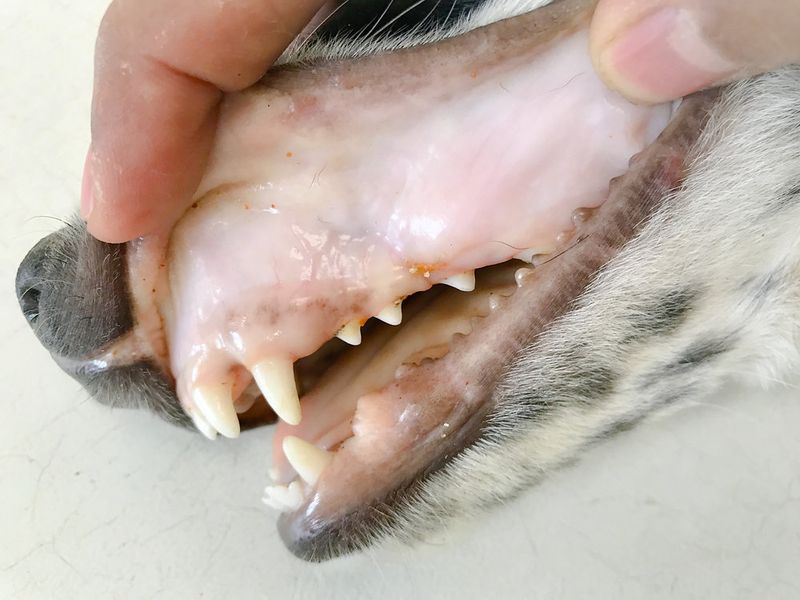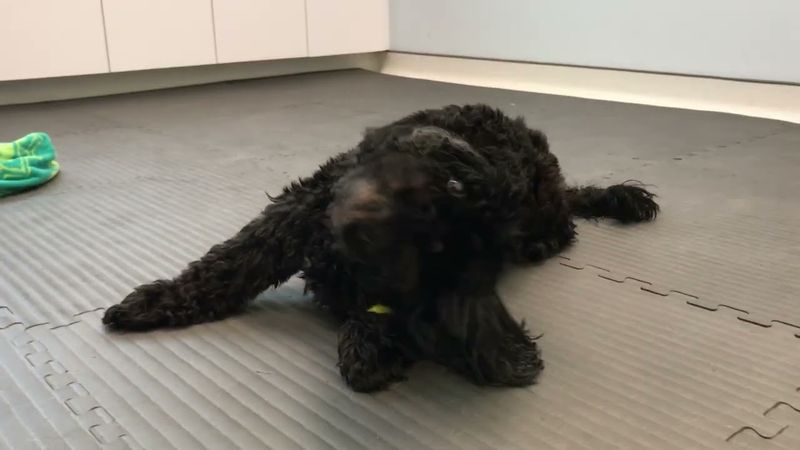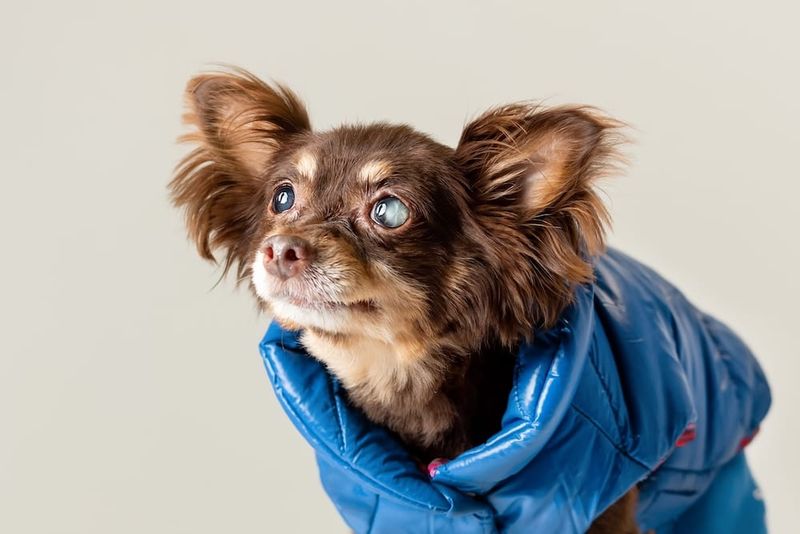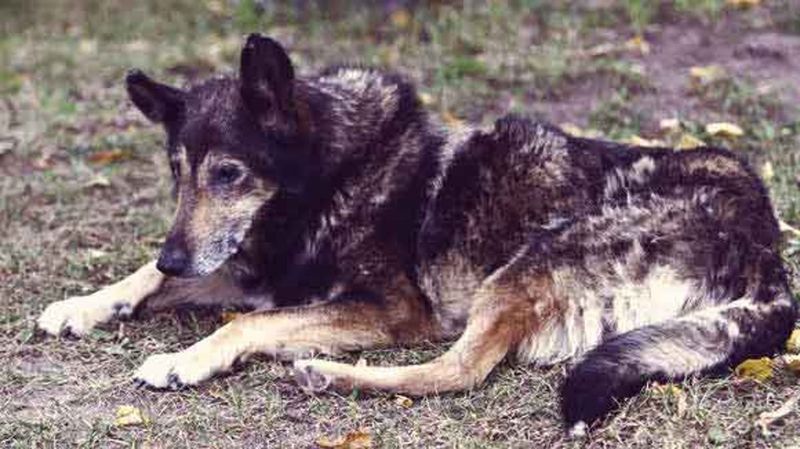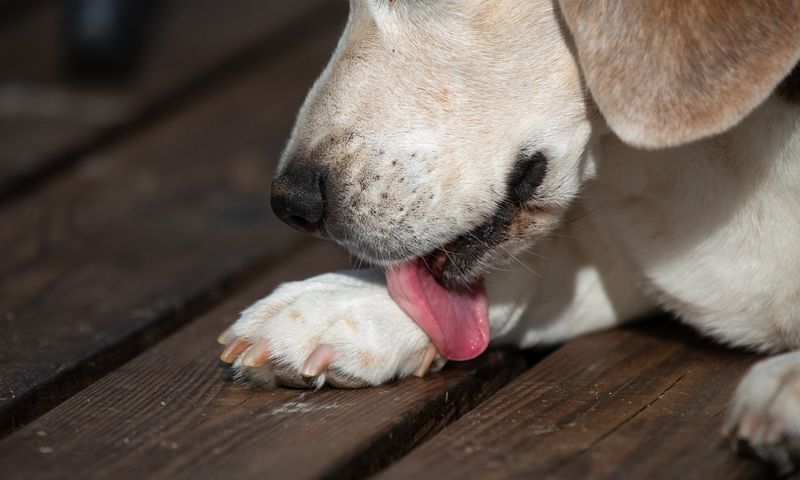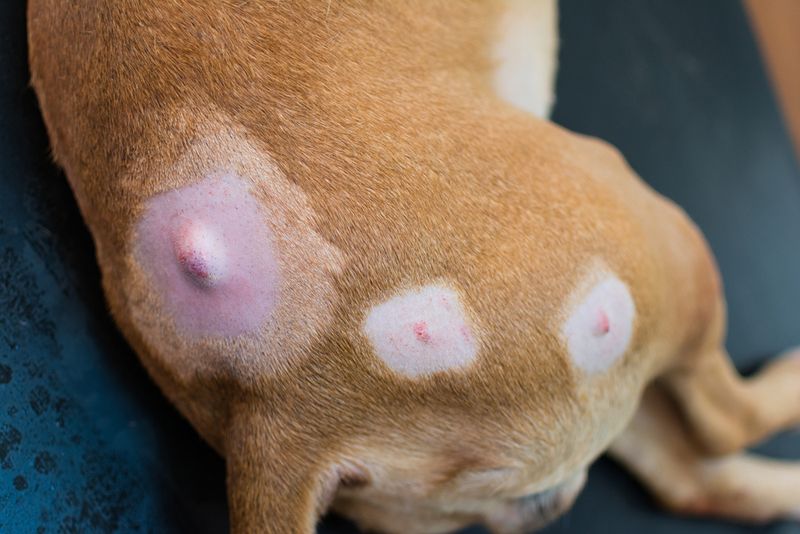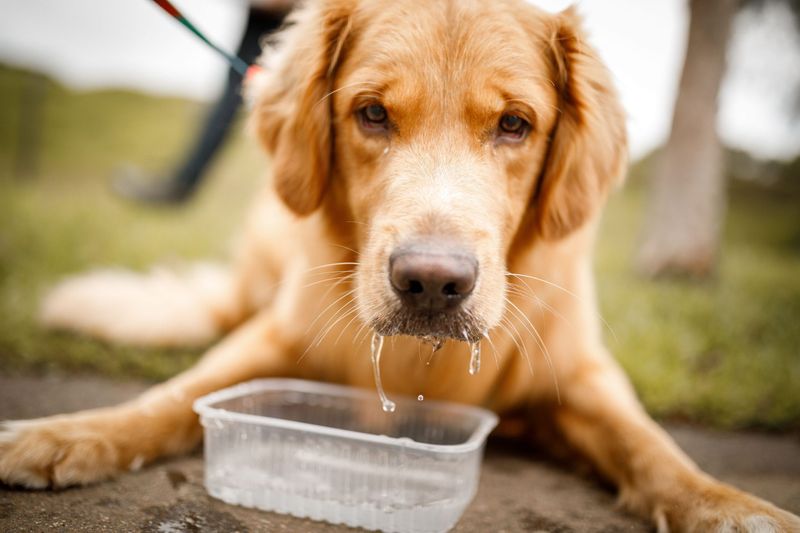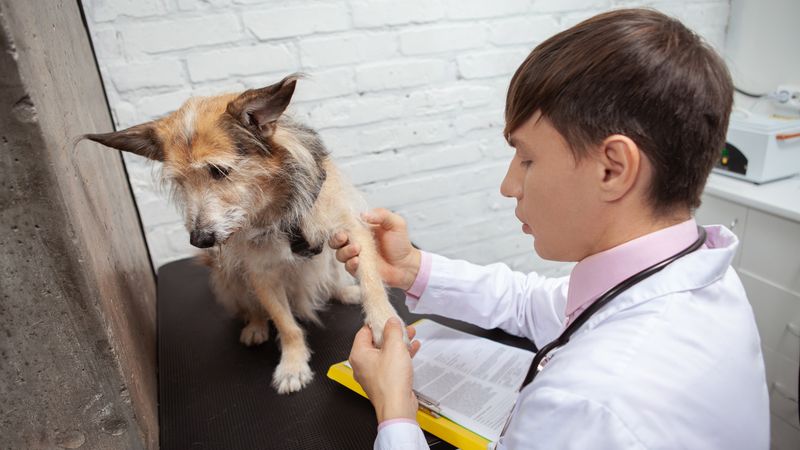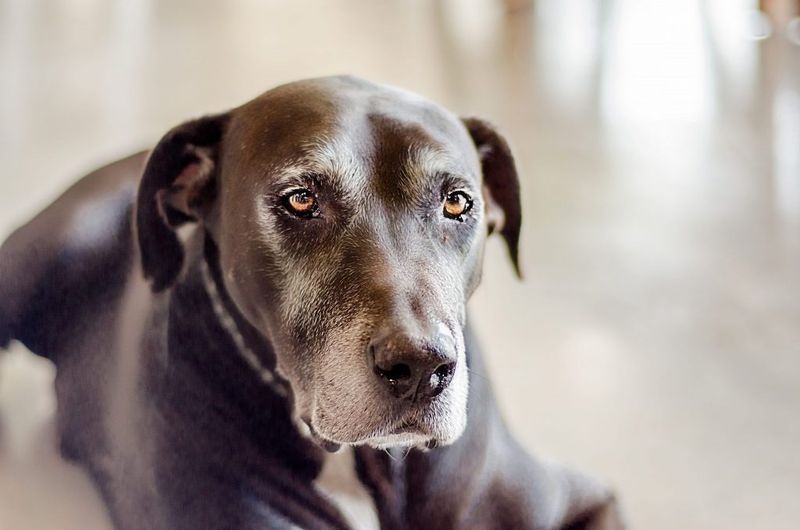Dogs are known for their loyalty and companionship, offering unconditional love throughout their lives. As they approach the end of their journey, dogs often exhibit subtle signs that indicate their final goodbye. Being aware of these signs can help pet owners prepare emotionally and provide the necessary care and comfort. This blog post explores 24 subtle signs that dogs may display before their final farewell, offering insight into recognizing and understanding these important moments.
Loss of Appetite
A dog’s sudden loss of appetite can be concerning. This change might signal discomfort or a deeper health issue. In older dogs, a noticeable disinterest in food can be a sign they’re approaching the end of their life.
Understanding their dietary habits helps gauge their health. As dogs age, their metabolism and energy levels change, affecting their appetite.
Consulting a vet is crucial to discern whether this is a temporary phase or a sign of something more serious.
Increased Sleep
Elderly dogs often sleep more as they near the end. Their energy levels decrease, leading to longer rest periods.
This change is part of the natural aging process, where sleep becomes a refuge from discomfort and fatigue. Providing a quiet, comfortable space for rest can make a significant difference in their quality of life.
However, sudden changes in sleep patterns should be monitored and discussed with a veterinarian.
Decreased Mobility
Mobility issues become more pronounced in a dog’s final days. Climbing stairs or jumping onto furniture may become challenging.
This decline in mobility is often due to joint pain or muscle weakness, common in aging dogs. Offering support, like ramps or soft bedding, can alleviate some of these difficulties.
Regular veterinary check-ups can help manage pain and maintain mobility as long as possible.
Confusion or Disorientation
Confusion or disorientation might manifest in older dogs as they face cognitive decline. They may appear to forget familiar places or faces.
This behavior is often linked to canine cognitive dysfunction, similar to dementia in humans. Keeping a routine and providing mental stimulation may help ease their anxiety.
It’s essential to approach them calmly and with reassurance during these moments.
Isolation from the Family
A once-social dog may start seeking solitude. This behavior could indicate discomfort or a desire to avoid attention due to weakness.
Giving them space while remaining nearby can show your support without overwhelming them. Understanding their need for isolation can help in providing comfort during their final days.
Monitoring this behavior helps in assessing their emotional state and addressing any underlying issues.
Changes in Breathing
Irregular or labored breathing can be a troubling sign in older dogs. It might indicate respiratory issues or heart problems.
Paying attention to changes in their breathing patterns helps in identifying discomfort. Providing a calm environment minimizes stress, potentially improving their breathing.
Consulting a veterinarian is essential to determine the cause and explore possible treatments.
Loss of Interest in Favorite Activities
A sudden disinterest in activities once loved can be a poignant sign. This change often reflects declining health or energy.
Understanding their new limitations allows for adjustments in daily routines, focusing on comfort and companionship.
Observing these changes without forcing activity can provide peace during their final days.
Increased Vocalization
Increased vocalization can signify discomfort or confusion. Dogs may bark or whine more as they age, seeking attention or expressing distress.
Listening to these cues helps in understanding their needs and addressing any pain or anxiety they might experience.
Providing reassurance and comfort can ease their vocal concerns, offering a sense of calm.
Incontinence
Incontinence can be both a symptom of aging and a signal of health issues. It often results from weakened muscles or cognitive decline.
Managing incontinence involves understanding the underlying causes and providing appropriate care, like frequent bathroom breaks or protective bedding.
Discussing this issue with a vet can lead to effective management strategies, ensuring the dignity of the pet.
Restlessness or Agitation
Restlessness or agitation can be distressing to witness in an aging dog. They may pace or seem unable to settle comfortably.
These behaviors might indicate pain or anxiety, requiring gentle intervention and understanding.
Creating a soothing environment with familiar scents and soft bedding can provide comfort.
Weight Loss
Unexpected weight loss in an older dog can be alarming. It often signals underlying health issues, such as organ failure or cancer.
Monitoring their diet and weight provides insight into their overall health. Consulting a vet helps determine the cause and potential treatments.
Offering nutrient-rich meals can help maintain strength and energy in their final days.
Changes in Gum Color
Changes in gum color can be an immediate concern. Pale or discolored gums often indicate poor circulation or anemia.
Regularly checking their gums provides vital health information. Noticing these changes early allows for prompt veterinary intervention.
Keeping them hydrated and monitoring their overall condition can improve their comfort.
Lethargy
Lethargy is a common sign of aging in dogs, often linked to declining health. They may lack energy for regular activities, preferring to rest.
This decrease in energy is part of the natural aging process. Providing a calm, comfortable environment supports their need for rest.
Recognizing these changes helps in adjusting daily routines to accommodate their comfort.
Difficulty Swallowing
Difficulty swallowing can indicate serious health issues in older dogs. It may stem from throat problems or neurological conditions.
Observing their eating habits helps identify this issue. Providing soft, easy-to-swallow food can alleviate discomfort.
Veterinary consultation is crucial to determine the cause and explore possible interventions.
Foul Odor
A foul odor from a dog can signal underlying health issues. It might result from skin infections, dental problems, or organ failure.
Maintaining good hygiene helps manage this condition. Regular baths and dental care can reduce unpleasant odors.
Consulting a vet ensures proper diagnosis and treatment, improving their quality of life.
Loss of Coordination
Loss of coordination in dogs can be alarming, often indicating neurological issues or muscle weakness.
Providing support and monitoring their movement helps prevent injuries. Offering a safe environment with non-slip surfaces can aid in mobility.
Veterinary consultation can identify underlying causes and explore management options.
Changes in Eyeball Movement
Changes in eyeball movement might signal neurological problems. Dogs may experience twitching or inability to focus.
Observing these changes helps in recognizing potential health issues. Providing a stable environment minimizes stress on their senses.
Seeking veterinary advice ensures proper diagnosis and treatment pathways.
Vomiting or Diarrhea
Vomiting or diarrhea in older dogs can indicate stomach issues or serious health problems. These symptoms require immediate attention.
Monitoring their diet and hydration levels can prevent dehydration. Providing a bland diet might help alleviate stomach distress.
Consulting a veterinarian is essential to address underlying causes and ensure proper care.
Dull or Thinning Coat
A dull or thinning coat can be a sign of declining health. It often results from nutritional deficiencies or skin conditions.
Providing a balanced diet rich in essential nutrients can improve coat health. Regular grooming helps maintain cleanliness and reduces irritation.
Veterinary care ensures proper diagnosis and treatment, enhancing their comfort and well-being.
Excessive Licking
Excessive licking in older dogs might indicate skin irritation or anxiety. It becomes a self-soothing behavior but can lead to sores.
Understanding the root cause helps in providing relief. Offering distractions or soothing treatments can reduce licking behavior.
Veterinary intervention ensures proper care and alleviates discomfort.
Lumps or Swelling
Lumps or swelling in dogs can be benign or a sign of cancer. Regularly checking their body helps in early detection.
Discussing any new growths with a vet ensures proper diagnosis and peace of mind. Monitoring these changes leads to timely interventions.
Ensuring comfort and care during treatment is crucial for their well-being.
Drooling
Excessive drooling in older dogs might signal dental issues or neurological problems. It often accompanies other signs of discomfort.
Providing regular dental care and monitoring their oral health can reduce drooling. Ensuring hydration prevents complications.
Consulting a vet offers insights into underlying health concerns and appropriate care.
Sensitivity to Touch
Sensitivity to touch can be a clear sign of pain or discomfort. Dogs may flinch or avoid contact in affected areas.
Understanding their body language helps in identifying painful spots. Providing gentle handling and avoiding pressure on sensitive areas can offer relief.
Veterinary consultation ensures a comprehensive approach to their well-being.
Change in Eye Expression
The eyes are often called the windows to the soul, and for dogs, this couldn’t be truer. As they near the end, a change in their eye expression might be noticeable. Their eyes might appear more soulful, deep, and with a sense of timeless wisdom.
In these moments, there’s a softness in their gaze, as if they’re communicating beyond words. This gentle transformation often reflects a profound connection with their human companions, offering silent comfort and love.
Observing this shift can be heartwarming yet bittersweet, signaling the cherished moments spent together and the inevitable passage of time.




